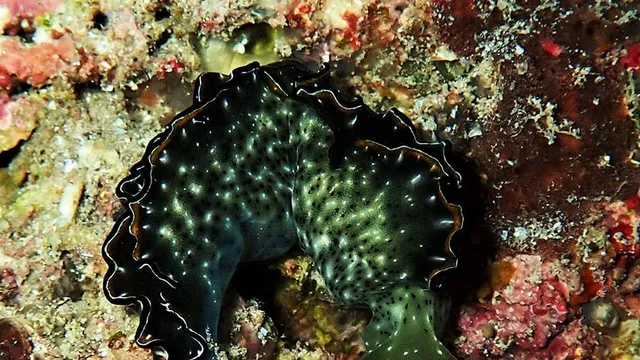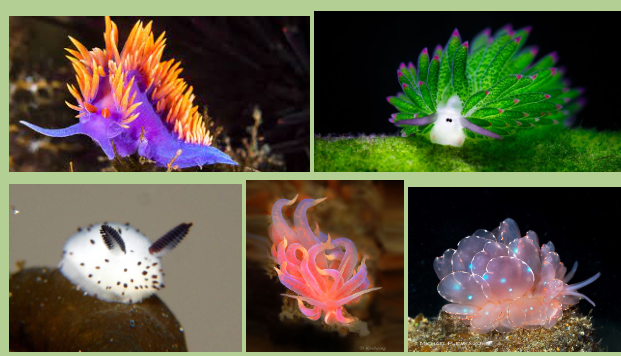Free Courses Sale ends Soon, Get It Now


Free Courses Sale ends Soon, Get It Now



Copyright infringement not intended
Picture Courtesy: https://bnnbreaking.com/world/india/new-head-shield-sea-slug-species-melanochlamys-droupadi-discovered-in-india-named-after-president-murmu
Context: The Zoological Survey of India (ZSI) named a newly discovered marine species as "Melanochlamys droupadi".
About Melanochlamys droupadi
Unique Features
Habitat and Behavior
Distribution
|
Sea Slugs |
|
|
Feature |
Description |
|
Type |
Marine Invertebrates |
|
Class |
Gastropods (same class as snails) |
|
Shell |
Some have internal or reduced shells, others lack them entirely. |
|
Body |
Soft, unsegmented, and muscular. Can be various shapes and sizes. |
|
Colour |
Incredibly diverse! They can be brightly coloured, patterned, translucent, or dull. |
|
Diet |
Varies greatly depending on the species. Some are herbivores, some carnivores, and some even steal stinging cells from prey to use for defence. |
|
Habitat |
Found in all oceans, from shallow tidal pools to deep ocean trenches. |
|
Movement |
Glide on a muscular foot and may use fleshy protrusions for swimming or steering. |
|
Defence Mechanisms |
Some rely on camouflage, some produce toxins, and some steal stinging cells from their prey. |
|
Reproduction |
Most are hermaphrodites with both male and female reproductive organs. |
|
Importance |
Play a vital role in marine ecosystems by controlling prey populations and contributing to biodiversity. |
|
Interesting Fact |
Some sea slugs, called nudibranchs, have colourful appendages called cerata that can contain stolen stinging cells from their prey! |

Conclusion
|
PRACTICE QUESTION Q. What type of marine creature is Melanochlamys Droupadi? A) Jellyfish B) Sea Turtle C) Sea Slug D) Starfish Answer: C Explanation: Melanochlamys droupadi is a newly discovered species of sea slug. Sea slugs are marine invertebrates known for their soft bodies and a wide variety of shapes and colours. |
© 2024 iasgyan. All right reserved